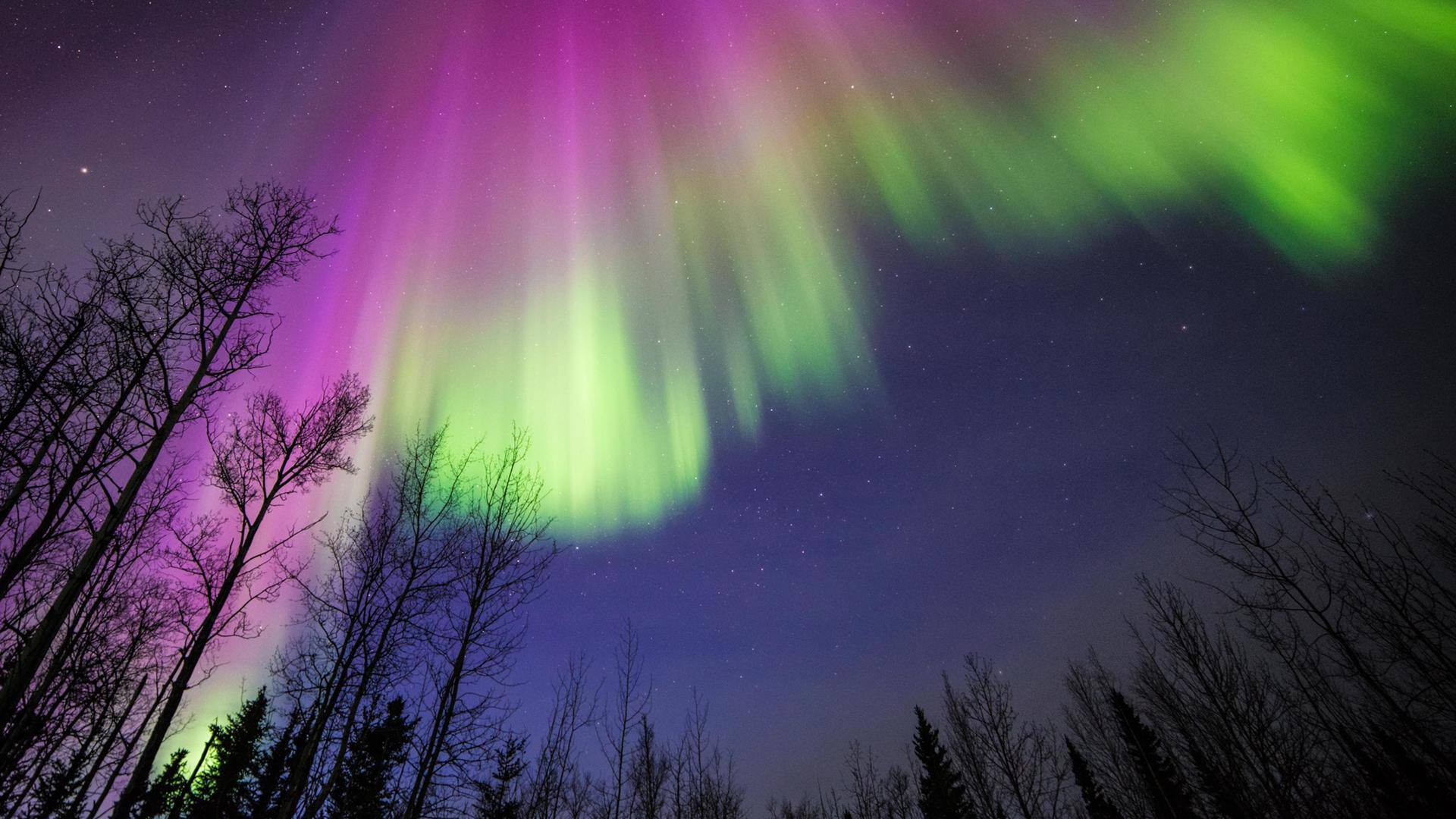
NASA's ACES 2 mission will reveal global circuitry behind auroras
What's the story
NASA is set to launch ACES 2 (Aurora Current and Electrodynamics Structures 2), a rocket-based mission that can help understand the circuitry behind the auroras.
The rocket will take off today i.e. November 16 from Andoya Space Center in Andenes, Norway. The launch window begins at 6 pm local time (10:30 pm IST).
Previously, ACES took to space in 2009.
Context
Why does this story matter?
Auroras are a visual treat. However, there is more to this stunning phenomenon.
Researchers believe that auroras are powered by a large electrical circuit, which connects our planet to near-Earth space.
If ACES 2 is successful, it will add to our existing knowledge and can help scientists model auroral currents, including the hardest part—the ionosphere, where auroras occur.
Mission
Here's what you need to know about ACES 2
The primary objective of the ACES 2 mission is to investigate the distribution of electric currents in the ionosphere and its associated energy dissipation.
As a part of this mission, two Black Brant IX rockets will be launched. They can reach an altitude of about 600km and can ship payloads weighing between 180kg to 540kg.
Information
Auroras are a colorful display of light
Wondering how auroras are caused? Well, there are electrons traveling toward Earth from space. As they cross our planet's magnetic field, they interact with the gases in the atmosphere. This in turn produces a visible glow.
What we see from the ground is a colorful display of light. It's commonly categorized as the aurora borealis (northern lights) and australis (southern lights).
Details
What is auroral current?
"Just as charged particles flow in, a stream of charged particles flows from our atmosphere back out to space," explained NASA in an official blog post.
"Together, this inflow and outflow complete a global electrical circuit known as the auroral current."
Interestingly, these auroral currents occur at a "turnaround point." At this point, the inflow ends, and the outflow starts.
The ionosphere
Charged particles and neutral gases interact in the ionosphere
This 'turnaround point' is located in a region called the ionosphere, where charged particles and neutral gases coexist and interact with each other.
It begins almost 64.4km from the ground and extends into space.
The 'inflow' refers to the incoming electrically charged particles from space. On the other hand, neutral gases rising from the Earth's atmosphere contribute to the 'outflow.'
Information
Previous studies are based on certain assumptions
So far, the majority of the studies regarding auroral current have only focused on measuring the inflow and outflow occurring in regions high above the ionosphere. Only assumptions were provided for what could be happening in the lower layers.
ACES II
ACES 2 will provide the whole picture concerning auroral currents
This is where the ACES 2 mission differs. It is designed to take a "snapshot" of the complete auroral current, from top and bottom.
To achieve this, the team has built two rockets, which will operate at the same time.
The "high-flyer" will measure particles flowing in and out of our atmosphere, while the "low-flyer" will capture the dynamic exchange in the ionosphere.
Location
The Andoya Space Center has been chosen for a reason
The Andoya Space Center is located in Andenes, which is not far from Earth's magnetic north pole.
The magnetic "ring" formed around the magnetic north pole is the birthing ground for auroras, which are seen overhead at night.
This is important as they provide easy access to researchers for investigating the origin of auroral currents. Moreover, this region sees milder and more typical auroras.
Official words
ACES 2 will provide crucial data to researchers
"It's these incoming high-energy electrons that produce the auroral display we're familiar with, but there's also part of the system that is unseen," said Scott Bounds, principal investigator of the ACES 2 mission.
He added that this was just a single case and would not answer all the questions. However, it will give scientists a necessary "data point."